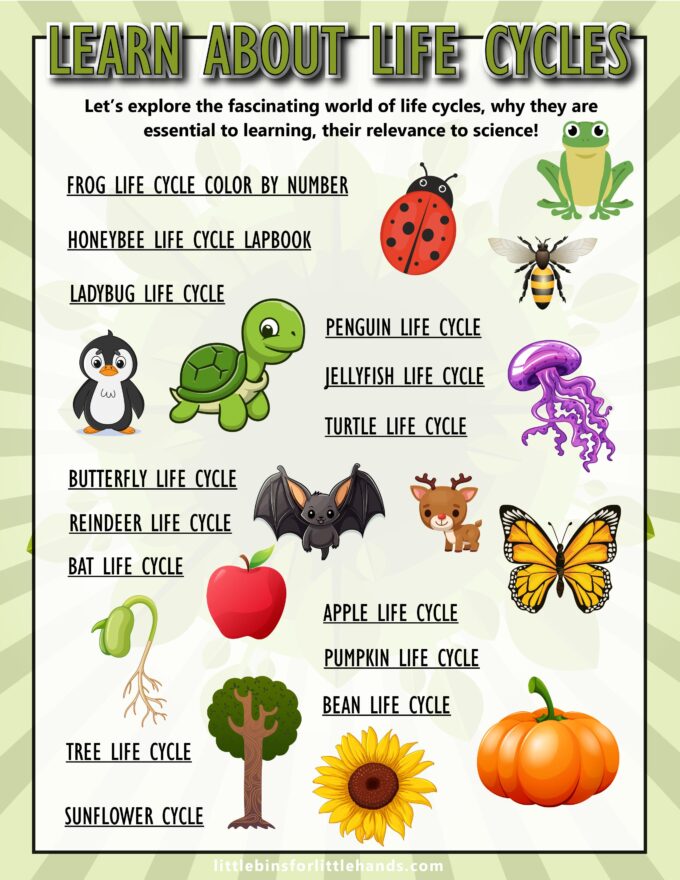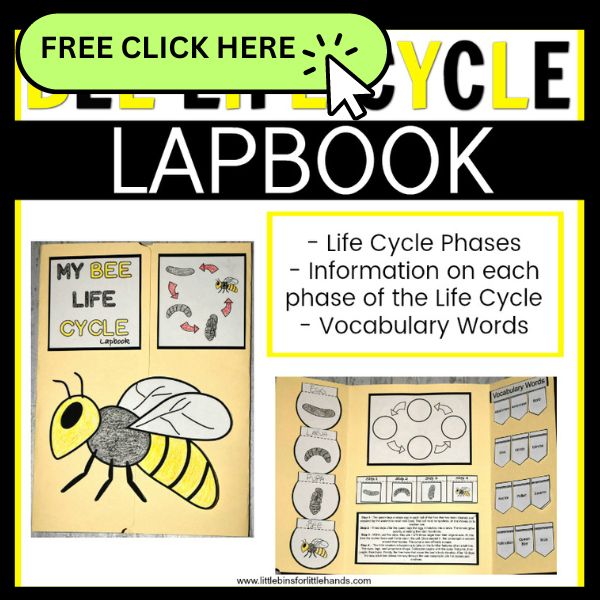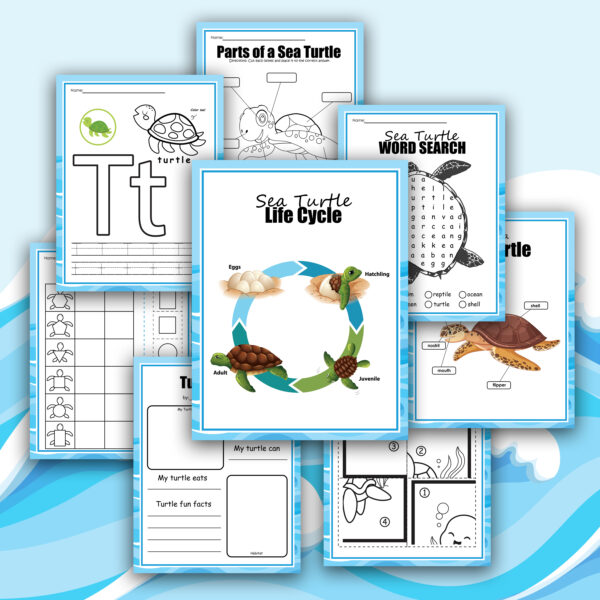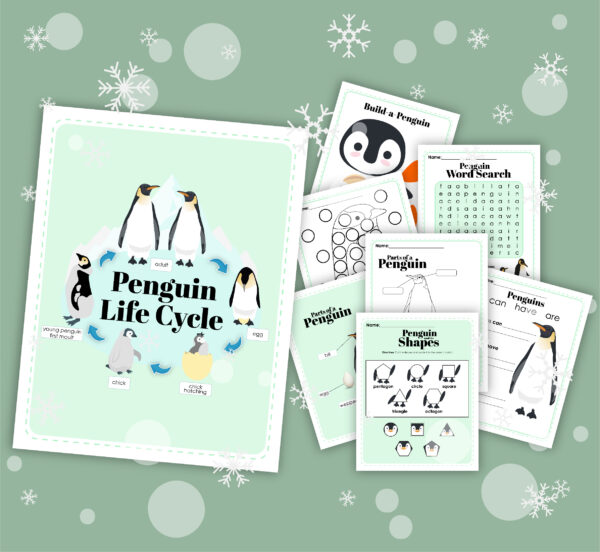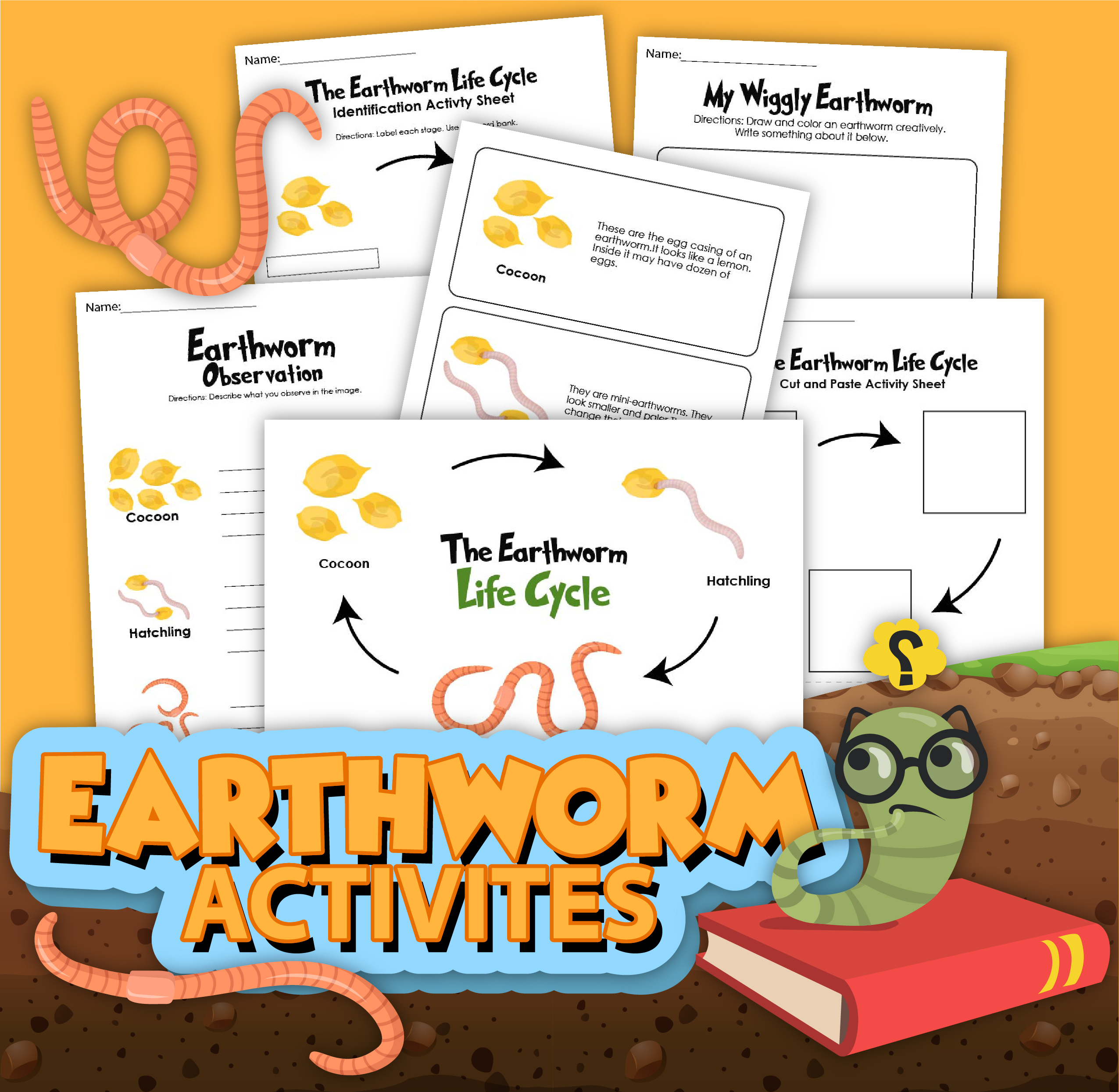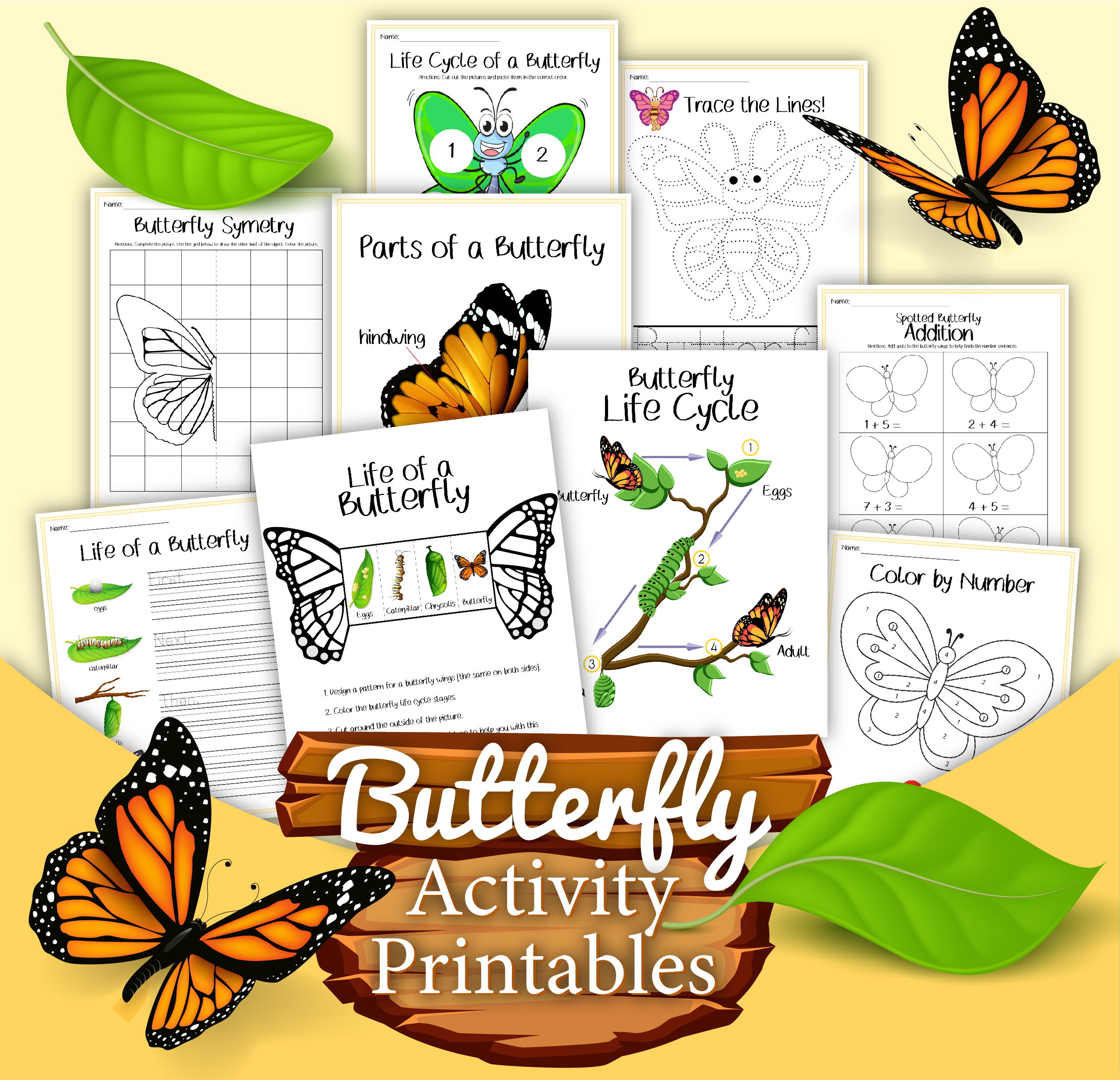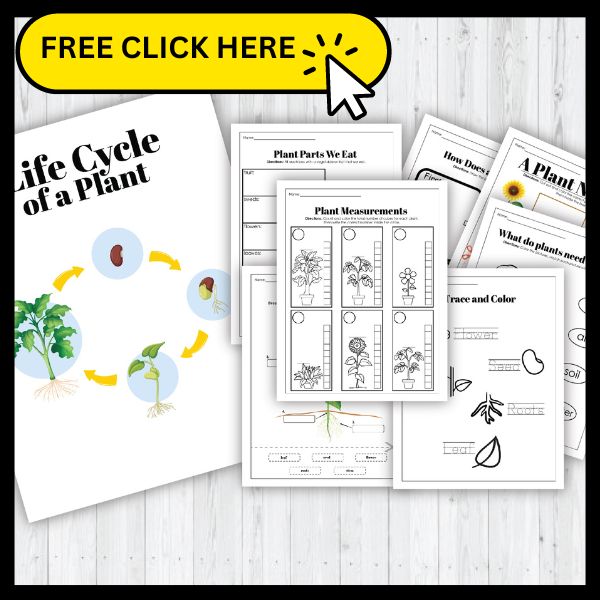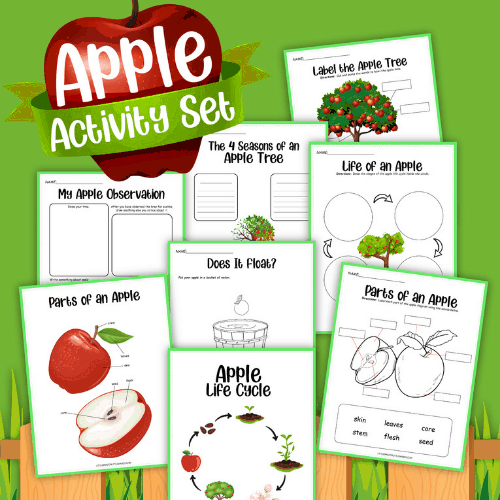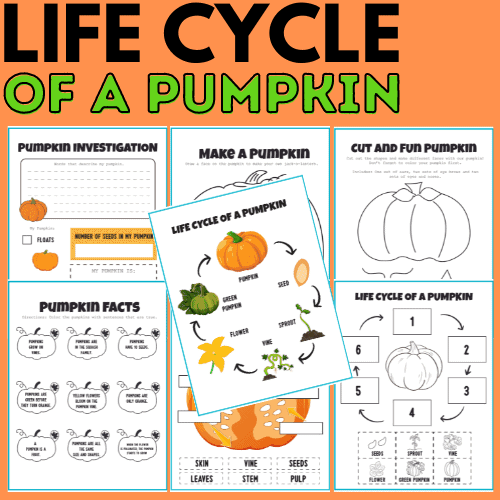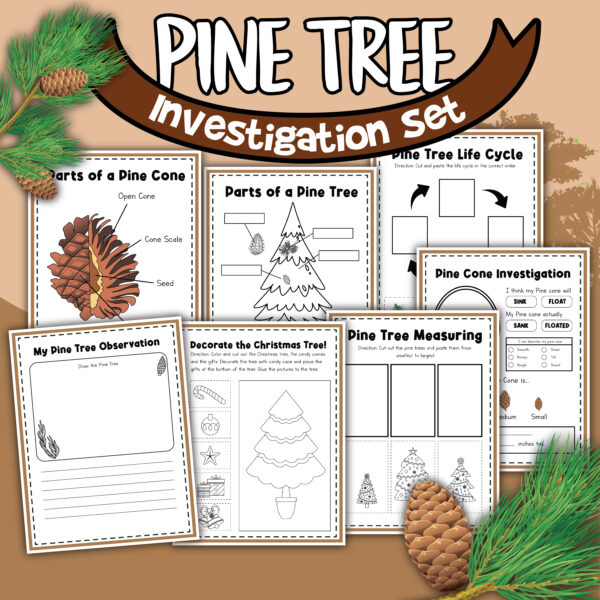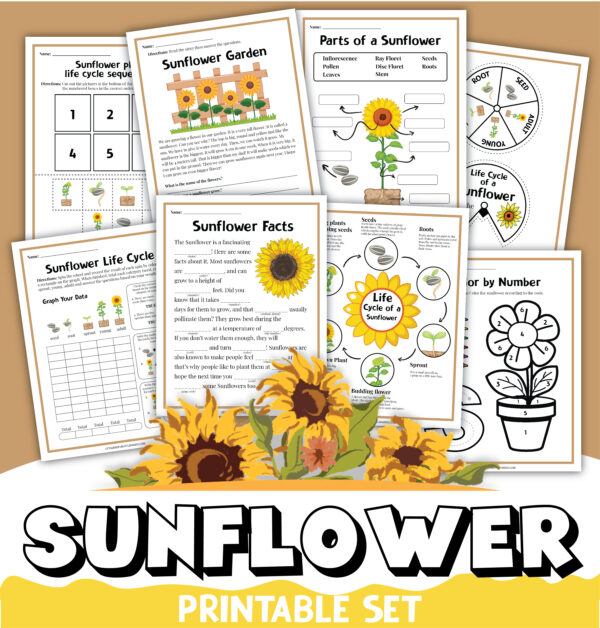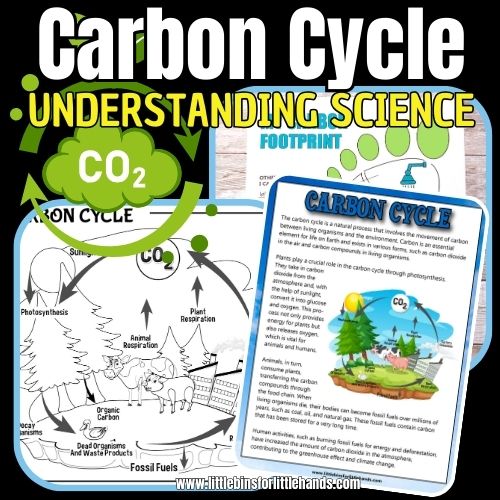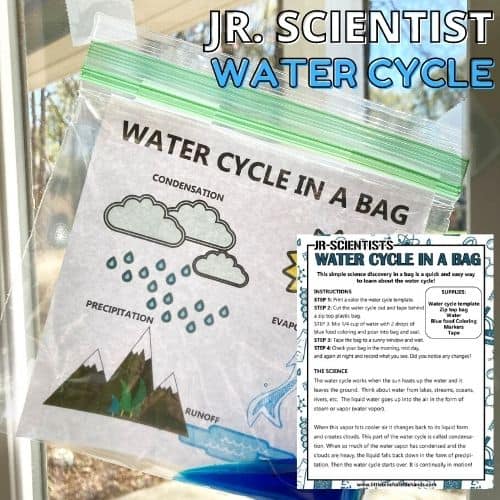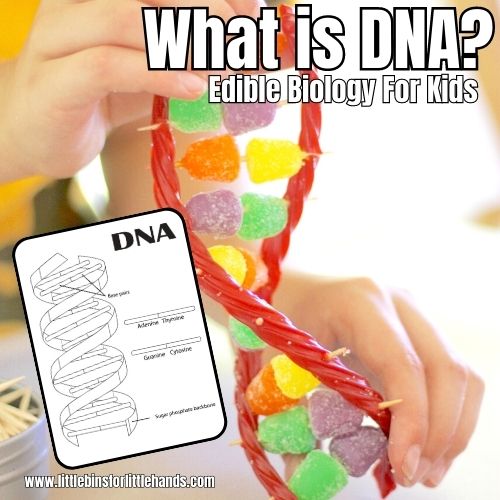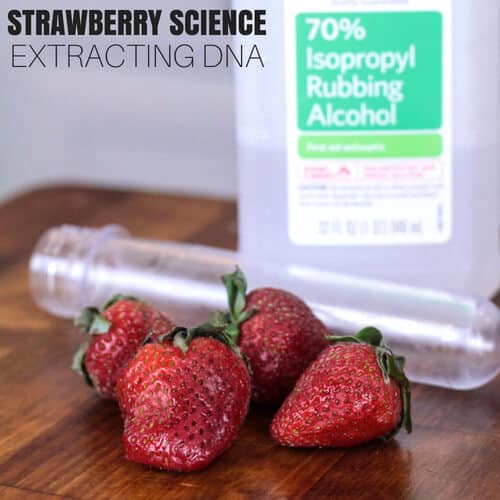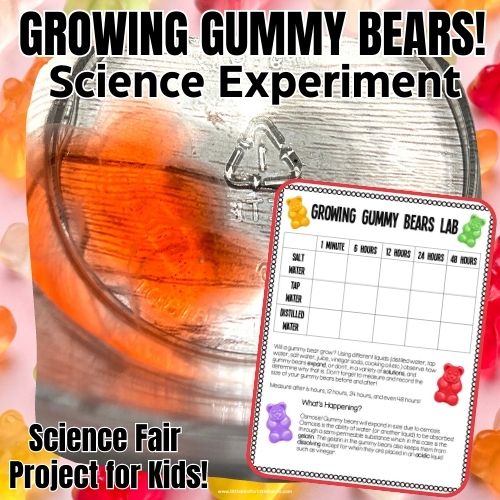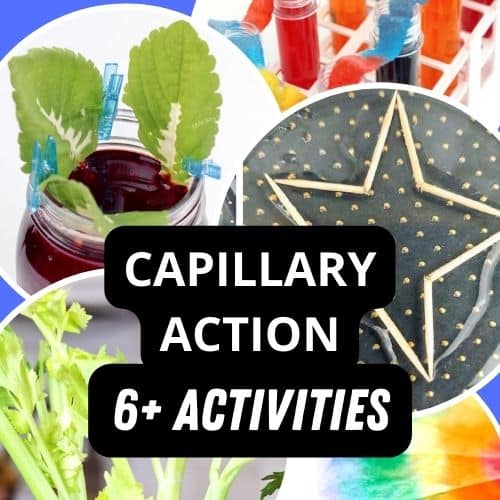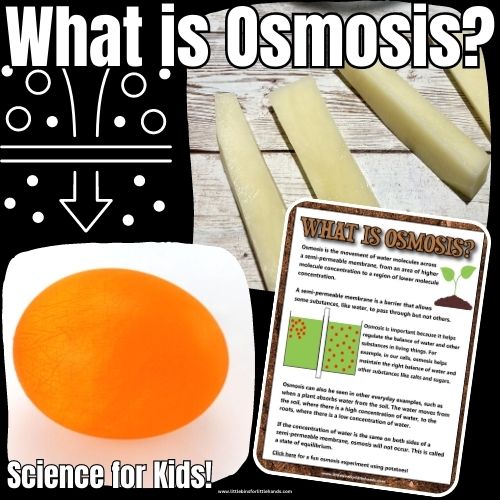Observing and understanding animal and plant life cycles deepens our appreciation for the interconnectedness of all living things and serves as a crucial aspect of science education. Let’s explore the fascinating world of life cycles, why they are essential to learning, their relevance to science, and the ideal age for life cycle projects. Print out specific life cycles, including frogs, apples, pumpkins, bean plants, bees, ladybugs, sunflowers, turtles, and pine trees.
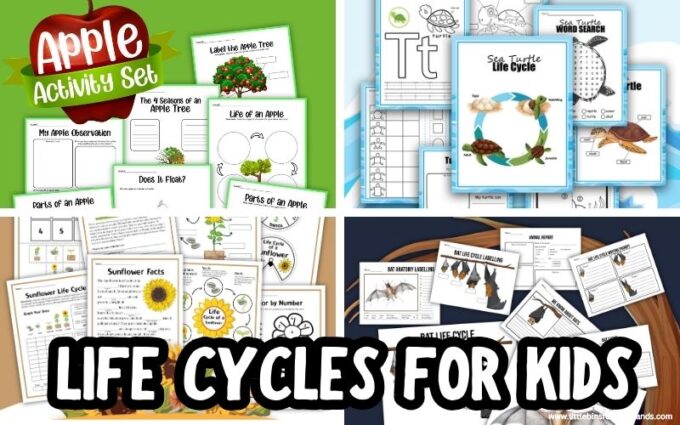
Why Learn About Life Cycles?
Learning about animal and plant life cycles introduces kids to fundamental biological concepts, such as birth, growth, reproduction, and death. It forms the basis for more advanced biological understanding in later education. Understanding life cycles fosters a sense of wonder and curiosity about the mechanisms that drive these processes, promoting a deeper connection to the environment.
It helps kids appreciate the diversity of life on Earth and understand their place within the larger ecosystem. Learning about life cycles expands a child’s vocabulary. They become familiar with terms like larva, pupa, germination, and metamorphosis, enhancing their language skills.
Life Cycles As Part Of The Science Curriculum
Life cycles are a fundamental aspect of biological sciences, a branch of science that explores living organisms and their interactions with the environment. Studying life cycles provides valuable insights into reproduction, adaptation, and the intricate web of relationships within ecosystems.
Life cycle projects enhance scientific knowledge and essential skills such as observation, critical thinking, and data analysis.
Grab the free guide to life cycles!
First, download this to your computer, and then you can access the links to each project.
Ideal Ages For Life Cycle Projects
Life cycle projects can be adapted to suit various age groups, making them versatile tools for science education.
Starting as early as preschool, children can engage in simple life cycle activities that lay the foundation for more advanced understanding in later years.
As students progress through elementary and middle school, they can explore increasingly complex life cycles, incorporating more detailed observations and scientific methodologies.
Below, find many free printable packs that highlight a variety of life cycles in the natural world.
Free Printable Bug Life Cycle Playdough Mats
These free bug life cycle playdough mats are a fantastic way to get hands-on and include sensory-rich materials in your lessons!
Animal Life Cycles
Frog Life Cycle
The frog life cycle is a classic example of metamorphosis, a process in which an organism undergoes distinct developmental stages. From egg to tadpole, then to a juvenile frog, and finally to an adult, the frog life cycle is a captivating journey.
Life cycle projects involving frogs can include observing the different stages, creating a habitat, and exploring the environmental factors that influence their development.
Related Activities:
Bee Life Cycle
The life cycle of a bee is a crucial component of understanding pollination and its role in plant reproduction.
Life cycle projects involving bees can explore the stages of development within a hive, the different roles of worker bees, drones, and the queen, and the critical role of bees in maintaining biodiversity through pollination.
Related Activities:
Ladybug Life Cycle
Ladybugs are not only charming but also play a vital role in controlling pests in gardens.
Life cycle projects with ladybugs can involve observing their complete metamorphosis, from egg to larva to pupa and finally to the adult ladybug. Students can explore the ecological importance of ladybugs and their impact on pest management.
Related Activities:
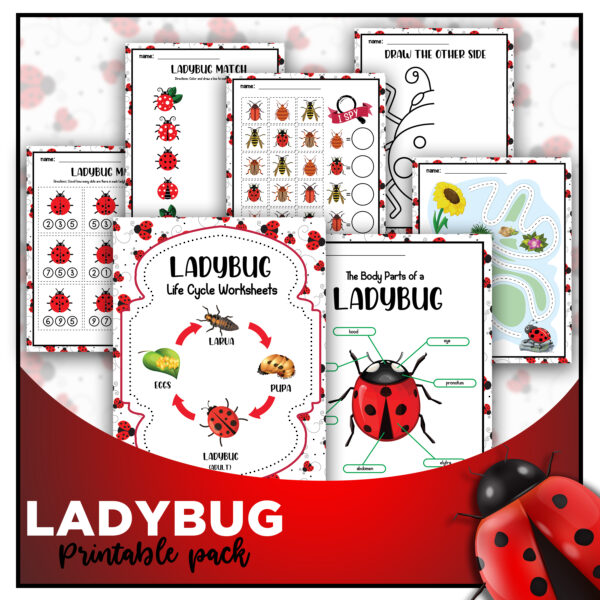
Turtle Life Cycle
Turtles, known for their slow and steady pace, have a fascinating life cycle spanning land and water. Add this free turtle mini pack to your life cycle lessons!
Life cycle projects involving turtles can include exploring the different stages, from egg laying on sandy shores to hatching adorable turtle hatchlings. Students can delve into the challenges these creatures face, such as the perilous journey from nest to sea and the significance of temperature in determining the gender of hatchlings.
Related Activities:
Penguin Life Cycle
Penguins, the charismatic birds of the Southern Hemisphere, have a unique life cycle adapted to their icy environments.
Life cycle projects with penguins can involve studying their reproductive habits, the formation of colonies, and the intriguing methods employed by some species to keep their eggs warm. Students can also explore the challenges faced by penguin chicks as they navigate their way from hatching to adulthood in the harsh Antarctic conditions.
Related Activities:
Jellyfish Life Cycle
Jellyfish are graceful and mysterious ocean creatures. The jellyfish life cycle includes a mesmerizing process known as alternation of generations.
Life cycle projects involving jellyfish can explore the different phases, from the tiny polyp stage to the bell-shaped medusa stage. Students can delve into the environmental factors influencing the dominance of certain stages and the role of jellyfish in marine ecosystems.
Also, check out our Narwhal Activity Pack!
Related Activities:
Earthworm Life Cycle
Earthworms, often unseen heroes of the soil, play a crucial role in maintaining soil health through their constant burrowing and nutrient recycling. The life cycle of an earthworm involves fascinating stages that contribute to soil fertility.
Life cycle projects with earthworms can include observing the different stages, from the cocoon stage, where eggs are laid, to the hatching of tiny earthworms. Students can explore earthworms’ ecological importance in enhancing soil structure and nutrient availability.
Butterfly Life Cycle
The butterfly life cycle is a remarkable transformation that captures the imagination of people of all ages. This metamorphosis symbolizes beauty and change, from the humble egg to the crawling caterpillar, then the pupa, and finally the magnificent adult butterfly.
Life cycle projects involving butterflies can incorporate raising caterpillars, observing the formation of chrysalises, and witnessing the emergence of vibrant butterflies. Students can explore the role of butterflies in pollination and their significance in maintaining biodiversity.
Related Activities:
Reindeer Life Cycle
The reindeer life cycle is a captivating saga of resilience and adaptation, drawing fascination from enthusiasts of all ages. From the tender newborn calf navigating the harsh Arctic tundra to the majestic adult traversing vast distances in seasonal migrations, each stage of the reindeer’s life holds its own allure.
Life cycle projects centered around reindeer can encompass the study of calving seasons, tracking migration patterns, and investigating the unique adaptations that enable survival in extreme climates. Students can delve into the ecological significance of reindeer in Arctic ecosystems, examining their role in shaping vegetation dynamics and sustaining indigenous cultures.

Bat Life Cycle
The bat life cycle is a mysterious odyssey through the night skies, igniting curiosity in individuals of all ages. From the helpless pup nestled in the safety of its roost to the agile hunter soaring through moonlit landscapes, each phase of the bat’s life cycle unveils secrets of adaptation and survival.
Life cycle projects involving bats can involve studying maternity colonies, observing echolocation behaviors, and exploring the ecological roles of different bat species. Students can investigate the vital ecosystem services bats provide, from insect pest control to seed dispersal, and delve into conservation efforts to preserve these fascinating creatures and their habitats.
- Make a paper plate bat craft!
- Bat Life Cycle and Activities (Printables for older and younger kids)
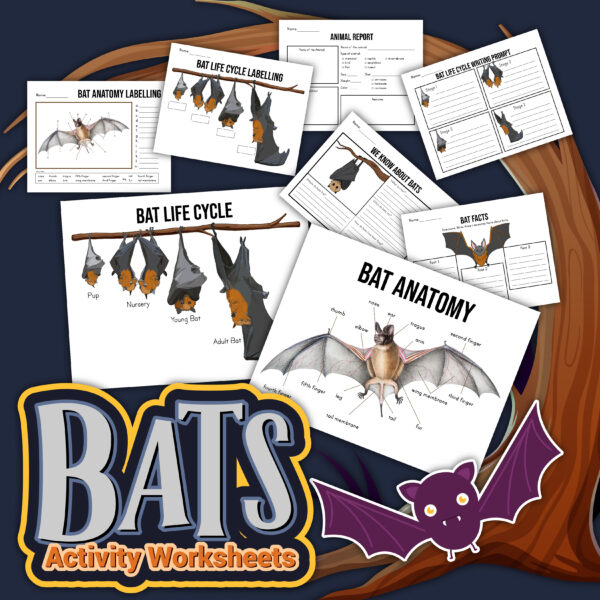
Plant Life Cycles
Plant Life Cycle
Flowering plants also follow a fascinating life cycle involving seed germination, growth, flowering, pollination, and seed formation.
Plant life cycle projects can range from simple seed germination experiments to more complex investigations into the factors influencing plant growth. Students can explore the importance of sunlight, water, and soil nutrients in sustaining plant life.
Related Activities:
Apple Life Cycle
The apple life cycle is a specific subset of plant life cycles, focusing on the journey from apple blossom to fruit-bearing tree.
Life cycle projects involving apples can include tracking the seasonal changes in apple trees, studying the pollination process, and even grafting different apple varieties.
Related Activities:
Pumpkin Life Cycle
Like apples, pumpkins undergo a fascinating life cycle, from seed to sprawling vine and, ultimately, to the iconic orange pumpkin.
Life cycle projects related to pumpkins can involve hands-on activities like growing pumpkins from seeds, documenting the growth stages, and exploring pollinators’ role.
Related Activities:
Bean Plant Life Cycle
Bean plants offer a compact and accessible life cycle for educational projects. From seed germination to the development of leaves, flowers, and beans, students can easily observe and document the various stages.
Life cycle projects with bean plants are excellent for introducing concepts like photosynthesis and plant reproduction.
Related Activities:

Pine Tree Life Cycle
Pine trees, with their distinctive cones, follow a life cycle that spans many years.
Life cycle projects involving pine trees can include studying seed germination, monitoring tree growth, and understanding the role of cones in seed dispersal. Such projects can offer insights into the longevity and resilience of certain tree species.
Related Activities:
Sunflower Life Cycle
Sunflowers, known for their vibrant blooms, undergo a relatively straightforward life cycle. Grab the free sunflower activity pack here.
Life cycle projects with sunflowers can include tracking the plant’s growth, exploring the flowers’ anatomy, and understanding pollinators’ role in sunflower reproduction. Sunflower projects can also incorporate artistic elements as students observe and recreate the striking beauty of sunflower blooms.
Related Activities:
Bonus Cycles In Earth’s Systems
Nitrogen Cycle
The nitrogen cycle is a vital natural process that ensures the availability of nitrogen, an essential element, for living organisms. Life on Earth heavily depends on nitrogen, and its cycle involves various transformations and interactions between the atmosphere, soil, and living organisms.
Life cycle projects related to the nitrogen cycle can explore the processes of nitrogen fixation, nitrification, assimilation, and denitrification. Students can investigate how different organisms contribute to these processes and the role of bacteria in converting nitrogen gas into forms usable by plants.
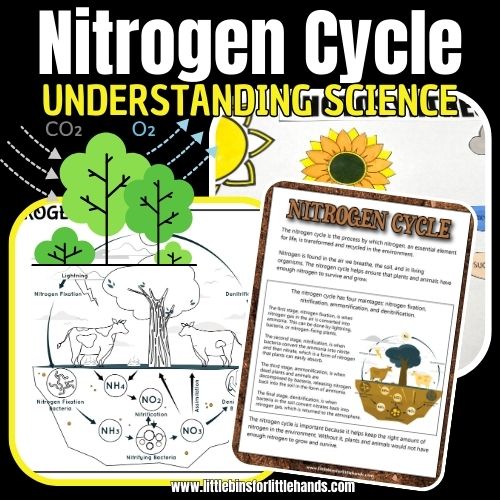
Carbon Cycle
The carbon cycle is another fundamental process that influences the flow of carbon through the atmosphere, oceans, soil, and living organisms. Understanding the carbon cycle is crucial for comprehending climate change and the impacts of human activities on the environment.
Life cycle projects related to the carbon cycle can involve tracking the movement of carbon dioxide through photosynthesis and respiration, exploring the role of decomposers in releasing carbon back into the environment, and investigating the impact of deforestation and fossil fuel combustion on carbon levels.
Rock Cycle
From the formation of igneous rocks through volcanic activity to the erosion and sedimentation that give rise to sedimentary layers, and finally, the transformation of rocks through heat and pressure into metamorphic rock, this cyclical journey illustrates the ever-changing nature of our planet’s surface.
Life cycle projects centered around the rock cycle can involve hands-on experiments simulating the formation of different rock types, exploring the role of weathering and erosion in shaping landscapes and examining the fossil record preserved within sedimentary layers. Students can investigate the interconnectedness of Earth’s processes, from plate tectonics to the water cycle, and gain a deeper understanding of the geological forces that have shaped our world.
Water Cycle
The water cycle, or the hydrological cycle, involves water movement between the atmosphere, land, and oceans. The water cycle is essential for maintaining Earth’s water balance and ensuring freshwater availability for various organisms.
Life cycle projects related to the water cycle can include tracing the water journey through evaporation, condensation, precipitation, and runoff. Students can explore how human activities, such as urbanization and agriculture, impact the water cycle and contribute to issues like droughts and floods.


